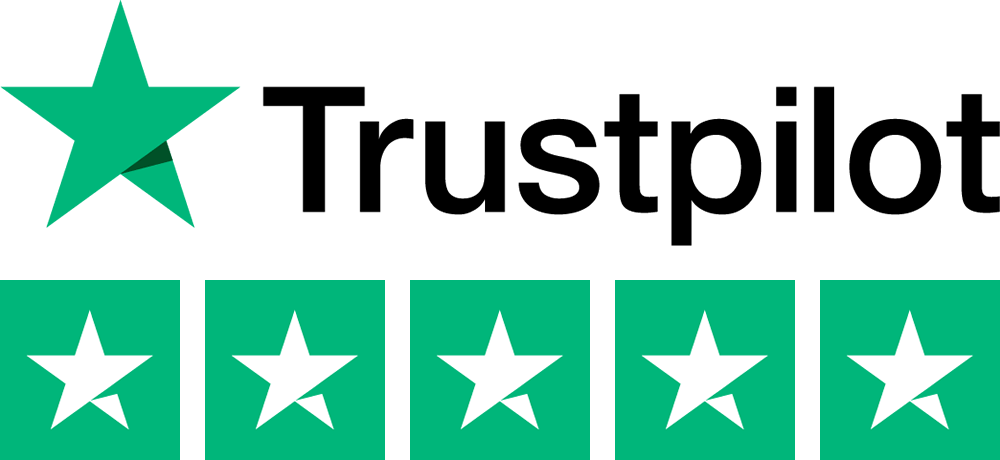Metro Bank eases buy-to-let minimum income 'top-slicing' criteria
Metro Bank has reduced its minimum income requirement for landlords to qualify for its buy-to-let ‘top-slicing’ criteria.
Clients planning to use their personal income to boost the rental income their property generates (known as top-slicing) require a minimum individual income of £50,000, or a higher £75,000 on joint applications. This has been lowered from £75,000 for single and £100,000 for joint applications.
Aaron Strutt, product director at Trinity Financial, says: “The banks and building societies are using a range of buy-to-let rental calculations and if the rent is short personal incomes can boost the application.
“The buy-to-let market is particularly complicated, and if you are struggling to secure a sufficient buy-to-let mortgage, it is also possible to get bigger loans if you lock into a five-year fix.”
Trinity recently told The Times that a landlord receiving £1,750 monthly rent would be able to borrow up to £263,332 through Santander for Intermediaries; £311,111 with Accord Mortgages (on a five-year fix); £336,000 with Fleet Mortgages; and for basic-rate taxpayers up to £420,000 with Paragon Mortgages (also on a five-year fix).
Metro Bank buy-to-let criteria
Metro Bank’s buy-to-let mortgages are available for loan sizes up to £2 million and for those borrowers with a maximum of 15 properties.
The bank says: “The rental cover required for the property is 140% of the mortgage payment, assessed at a rate of 5.50%. Income can be considered where the rental income is equal to, or greater than 100% cover of the mortgage interest amount calculated at Metro Bank’s 5.5% stress rate.”
This criteria is not available for Limited Company Buy to Let mortgages and a total of four applicants will be considered. The maximum age at the end of the term is 80.
To secure a more generous buy-to-let mortgage, call Trinity on 020 7016 0790.













